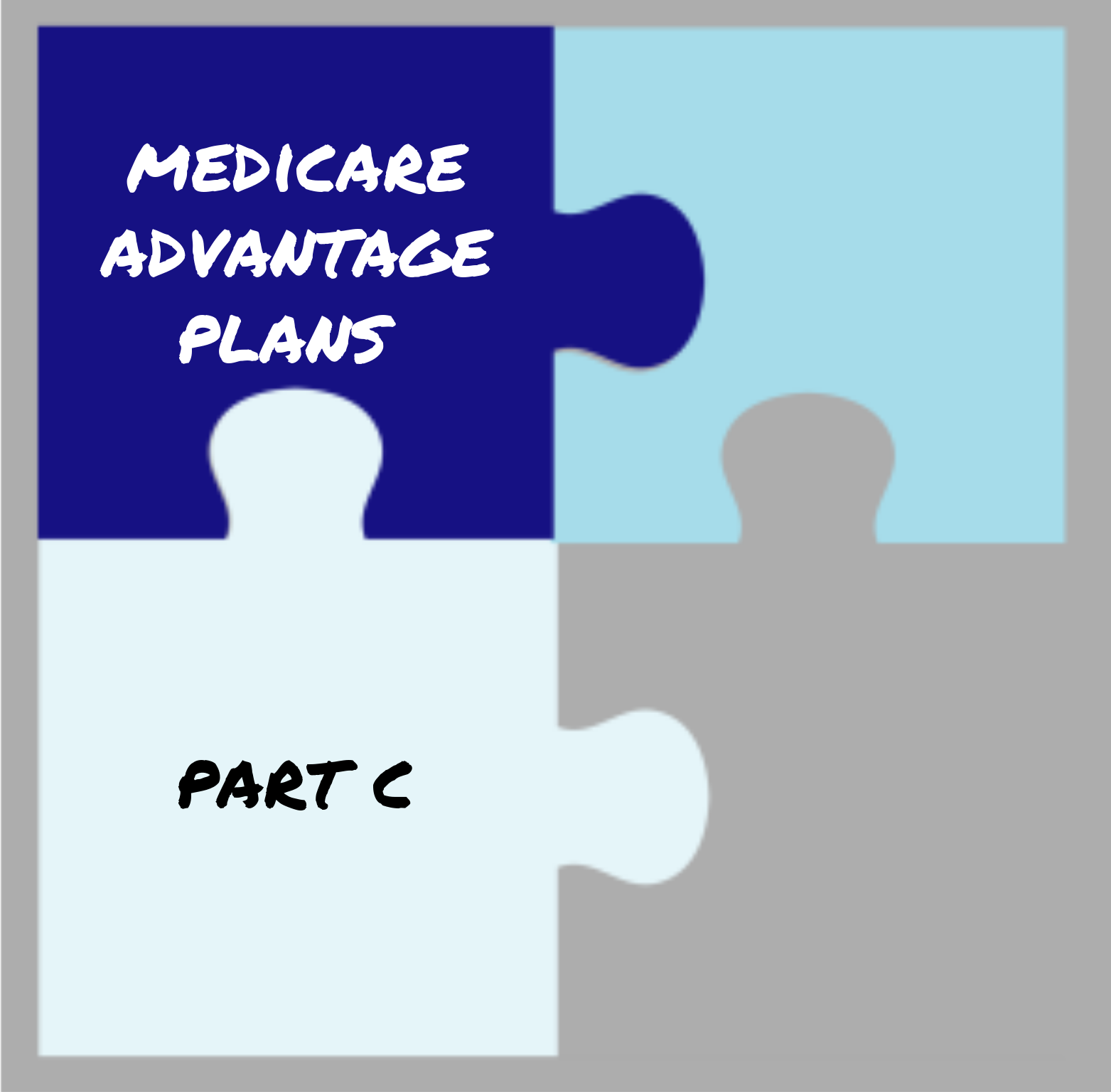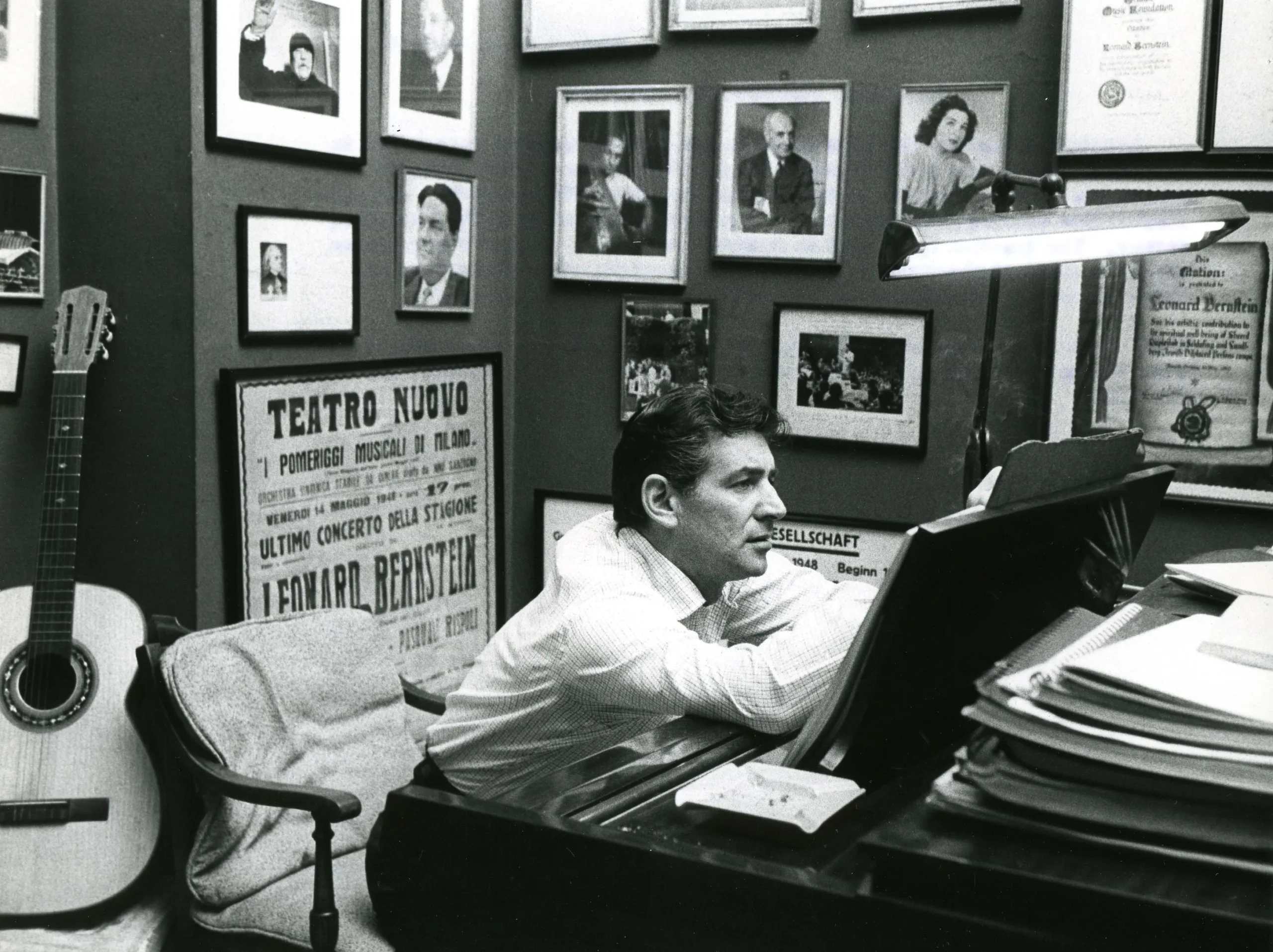Understanding Orofacial Myofunctional Therapy: Benefits and Treatment
Explore orofacial myofunctional therapy, its benefits, and how it helps in treating orofacial myofunctional disorders. Learn how therapy can improve speech, breathing, and overall oral health.

Introduction
Orofacial myofunctional therapy (OMT) is a specialized treatment focused on the muscles of the face, mouth, and jaw. This therapy is used to treat orofacial myofunctional disorders (OMDs), which can affect oral health, speech, swallowing, and breathing. Through a combination of exercises and techniques, OMT helps in retraining these muscles to function properly, ultimately leading to improved health and well-being.
This article will explore what orofacial myofunctional therapy is, its benefits, how it can help individuals, and the importance of seeking professional therapy for OMDs.
What is Orofacial Myofunctional Therapy?
Orofacial myofunctional therapy involves a series of exercises and treatments designed to address improper muscle patterns in the mouth and face. These muscle patterns often result from behaviors such as thumb-sucking, mouth breathing, or improper tongue posture. When these muscles don’t function as they should, they can cause issues like speech problems, misalignment of teeth, difficulty swallowing, and even sleep apnea.
The goal of OMT is to improve the coordination, strength, and function of the muscles involved in speaking, chewing, swallowing, and breathing. The therapy is highly personalized and tailored to the specific needs of each individual, with exercises focused on strengthening and retraining the muscles involved.
Common Orofacial Myofunctional Disorders (OMDs)
Orofacial myofunctional disorders can present in a variety of ways. Here are some common conditions that OMT aims to treat:
-
Mouth Breathing
Mouth breathing, especially when it becomes a habitual pattern, can cause dry mouth, bad breath, and dental problems. It can also affect speech development and overall facial structure. -
Tongue Thrusting
Tongue thrusting occurs when the tongue pushes against the teeth during swallowing or speaking. This can lead to misalignment of the teeth and difficulty with proper swallowing patterns. -
Lip and Cheek Muscle Dysfunction
Abnormalities in lip and cheek muscle function can lead to speech impediments, trouble with chewing, and even issues with maintaining the integrity of dental work. -
Speech Disorders
Misalignments of the teeth and jaw, combined with improper muscle functioning, can lead to speech difficulties like lisps or difficulty pronouncing certain sounds. -
Swallowing Problems
Individuals with OMDs may experience problems with swallowing, such as swallowing food incorrectly or having difficulty swallowing liquids.
How Orofacial Myofunctional Therapy Works
Orofacial myofunctional therapy is typically conducted by a trained specialist such as a speech-language pathologist or an orthodontist. The treatment usually involves the following steps:
-
Assessment
The first step is a thorough evaluation of the individual’s oral and facial muscles. This includes assessing the way the tongue rests in the mouth, how the lips function, and how the individual breathes. The specialist may also evaluate how the individual swallows and speaks. -
Personalized Therapy Plan
After the assessment, a customized therapy plan is developed. This plan includes a series of exercises to help retrain the muscles. The exercises may include:- Breathing exercises to promote nasal breathing
- Tongue exercises to strengthen and reposition the tongue
- Lip exercises to improve lip closure and strength
- Swallowing exercises to encourage proper swallowing patterns
-
Home Exercises
A significant part of OMT is the work done at home. The therapist will typically provide exercises to be done daily, which are essential for long-term success. These exercises are simple and easy to incorporate into daily routines. -
Follow-up Sessions
The therapist will monitor progress and adjust the exercises as necessary. Regular follow-up sessions ensure that the therapy is on track and effective.
Benefits of Orofacial Myofunctional Therapy
Orofacial myofunctional therapy offers a range of benefits for individuals dealing with OMDs. These include:
-
Improved Speech
Therapy can help improve articulation and clarity of speech. For children, it can play a crucial role in developing proper speech patterns and preventing long-term speech issues. -
Better Breathing
OMT can help individuals switch from mouth breathing to nasal breathing, which is more natural and healthier for the body. This can lead to better oxygen intake and overall health improvement. -
Enhanced Swallowing Function
People with swallowing difficulties can benefit from OMT by learning the correct swallowing technique, preventing discomfort, and improving digestion. -
Relief from Jaw Pain
Improper muscle function in the jaw and face can lead to temporomandibular joint (TMJ) disorders. OMT can alleviate pain and discomfort associated with TMJ by correcting muscle imbalances. -
Improved Facial Aesthetics
OMT can have a positive impact on facial appearance by improving muscle tone in the face, jaw, and mouth. This can lead to better facial symmetry and a more defined jawline. -
Support for Orthodontic Treatment
For individuals undergoing orthodontic treatment, OMT can help maintain the proper positioning of teeth and jaw, improving the results of braces and other dental procedures.
When Should You Seek Orofacial Myofunctional Therapy?
It’s important to seek OMT if you or your child are experiencing any of the following issues:
- Habitual mouth breathing
- Difficulty pronouncing words or sounds clearly
- Tongue thrusting or improper tongue posture
- Frequent jaw pain or discomfort
- Difficulty swallowing
- Trouble with chewing or eating
- Sleep-related problems like snoring or sleep apnea
If you notice any of these signs, it may be helpful to consult with a speech-language pathologist or a specialist in orofacial myofunctional therapy for a comprehensive evaluation.
Conclusion
Orofacial myofunctional therapy plays a significant role in correcting orofacial myofunctional disorders. Whether you’re dealing with speech difficulties, swallowing issues, or jaw pain, OMT can provide a non-invasive, effective solution. By focusing on retraining the muscles in the face, mouth, and jaw, this therapy can help individuals lead healthier, more comfortable lives.
If you’re experiencing symptoms related to OMDs, it’s crucial to consult with a professional to determine the right course of treatment. With the right therapy, you can improve your oral health, enhance your speech, and feel more confident in your everyday activities.
What's Your Reaction?




















